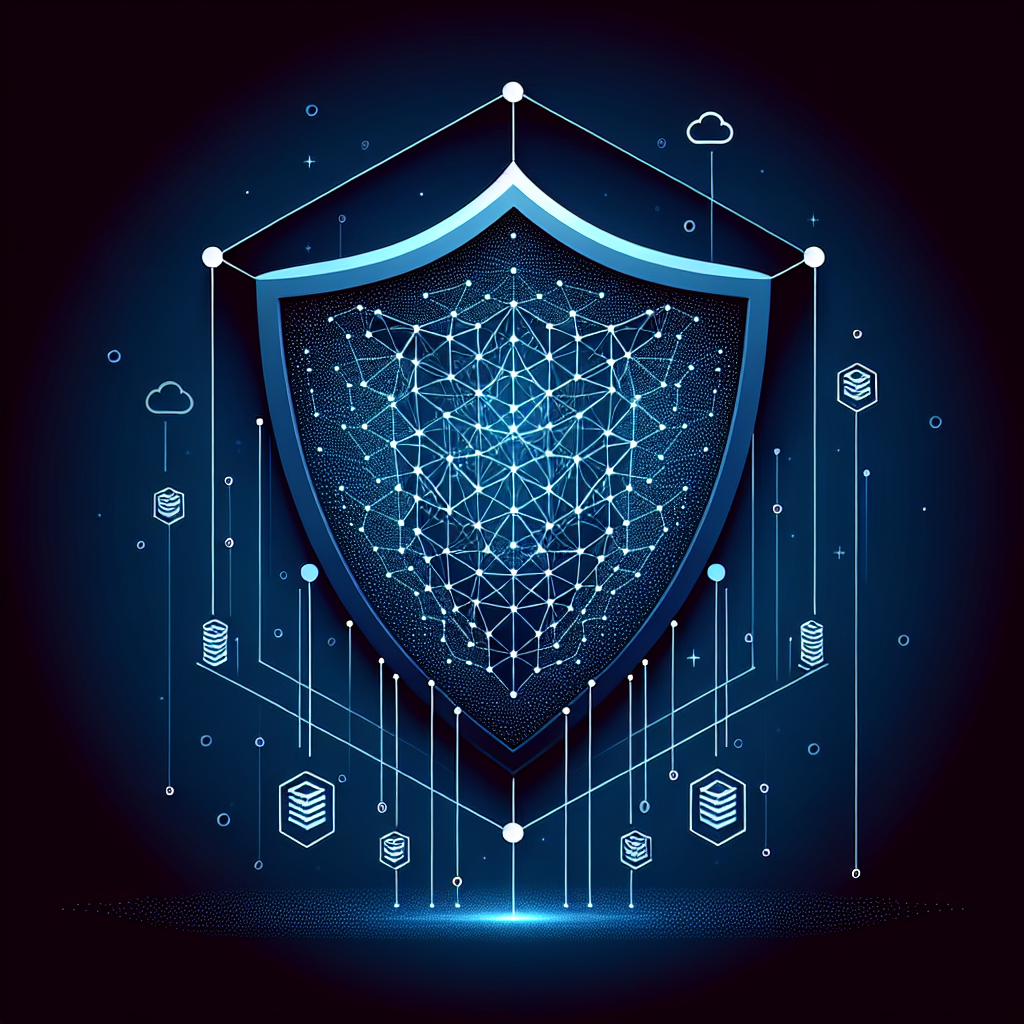
Securing AI-Generated Code in Enterprise Systems: Essential Strategies
In the rapidly evolving landscape of enterprise software development, artificial intelligence (AI) has emerged as a game-changing tool for code generation. While AI-powered coding assistants offer unprecedented efficiency and innovation, they also introduce new security challenges that organizations must address. This article delves into the critical strategies for securing AI-generated code in enterprise systems, ensuring both the integrity of your software and the protection of sensitive data.
The integration of AI-generated code into enterprise systems has become increasingly common, with companies leveraging these advanced tools to accelerate development cycles and reduce human error. However, this new frontier in software engineering requires a proactive approach to security. As we explore the essential strategies for safeguarding AI-generated code, we’ll uncover the unique risks and the robust solutions that can mitigate them.
Understanding the Risks of AI-Generated Code
Before diving into security strategies, it’s crucial to recognize the potential vulnerabilities associated with AI-generated code. Unlike human-written code, which benefits from years of security best practices and intuition, AI models may inadvertently introduce security flaws or replicate existing vulnerabilities at scale.
One of the primary concerns is the “black box” nature of many AI models. Developers may not fully understand the reasoning behind certain code suggestions, making it challenging to identify potential security issues. Additionally, AI models trained on public code repositories might incorporate vulnerabilities or outdated practices present in that training data.
A 2023 study by the Cybersecurity and Infrastructure Security Agency (CISA) found that 67% of organizations using AI-powered coding tools reported at least one security incident related to AI-generated code within the past year. This statistic underscores the urgent need for robust security measures in enterprise environments leveraging AI for code generation.
Essential Strategies for Securing AI-Generated Code
To address these challenges and ensure the security of AI-generated code in enterprise systems, organizations should implement the following strategies:
Implement Rigorous Code Review Processes
Human oversight remains critical when working with AI-generated code. Establish a comprehensive code review process that includes:
- Peer reviews by experienced developers
- Automated static code analysis tools tailored for AI-generated code
- Regular security audits focused on AI-produced components
By combining human expertise with advanced tools, organizations can catch potential security issues before they make it into production systems.
Enhance Developer Training
Equip your development team with the knowledge and skills necessary to work securely with AI-generated code. This includes:
- Understanding the limitations and potential biases of AI coding assistants
- Recognizing common security pitfalls in AI-generated code
- Developing a critical eye for spotting inconsistencies or suspicious patterns
Invest in ongoing education to keep your team at the forefront of AI security best practices.
Utilize Sandboxing and Isolation Techniques
Implement strict sandboxing and isolation measures for AI-generated code, especially during the testing and integration phases. This approach allows you to:
- Evaluate code behavior in a controlled environment
- Limit potential damage from security vulnerabilities
- Observe interactions with other system components without risking the broader infrastructure
Sandboxing is particularly crucial for enterprise systems handling sensitive data or critical operations.
Implement Continuous Monitoring and Logging
Establish robust monitoring and logging systems specifically designed to track the behavior and performance of AI-generated code. This includes:
- Real-time anomaly detection to identify unusual patterns or potential security breaches
- Comprehensive logging of all actions and outputs from AI-generated components
- Regular analysis of logs to identify trends or recurring issues
Effective monitoring can help catch security issues early and provide valuable insights for improving your AI code security strategy.
Enforce Strict Access Controls and Authentication
Apply the principle of least privilege rigorously when working with AI-generated code. This means:
- Limiting access to AI coding tools to authorized personnel only
- Implementing multi-factor authentication for all systems involved in code generation and deployment
- Regularly auditing access logs and permissions to ensure compliance with security policies
By controlling who can generate, modify, and deploy AI-created code, you significantly reduce the risk of insider threats or unauthorized access.
Develop AI-Specific Security Policies
Create and enforce security policies tailored to the unique challenges of AI-generated code. These policies should cover:
- Guidelines for integrating AI-generated code into existing systems
- Protocols for validating and testing AI-produced components
- Procedures for handling potential security incidents related to AI code
Clear, well-communicated policies ensure that all team members understand their roles in maintaining code security.
Leverage Secure Development Frameworks
Adopt or develop secure coding frameworks specifically designed for AI-generated code. These frameworks should:
- Incorporate security checks at every stage of the development lifecycle
- Provide templates and guidelines for secure AI code integration
- Automate security testing and validation processes where possible
A robust framework can significantly reduce the risk of common security vulnerabilities making their way into production systems.
Conduct Regular Security Assessments
Perform comprehensive security assessments of systems utilizing AI-generated code on a regular basis. These assessments should include:
- Penetration testing focused on AI-produced components
- Vulnerability scans tailored to detect common issues in AI-generated code
- Third-party security audits to provide an unbiased evaluation
Regular assessments help identify and address security gaps before they can be exploited by malicious actors.
Conclusion: Embracing AI with Confidence
As AI continues to revolutionize enterprise software development, the importance of securing AI-generated code cannot be overstated. By implementing these essential strategies, organizations can harness the power of AI while maintaining the highest standards of security and code integrity.
Remember, securing AI-generated code is an ongoing process that requires vigilance, adaptation, and a commitment to continuous improvement. Stay informed about the latest developments in AI security, and be prepared to evolve your strategies as new challenges emerge.
By prioritizing the security of AI-generated code, enterprises can confidently leverage these powerful tools to drive innovation, efficiency, and competitive advantage in the digital age. The future of software development is here – ensure your organization is ready to embrace it securely.